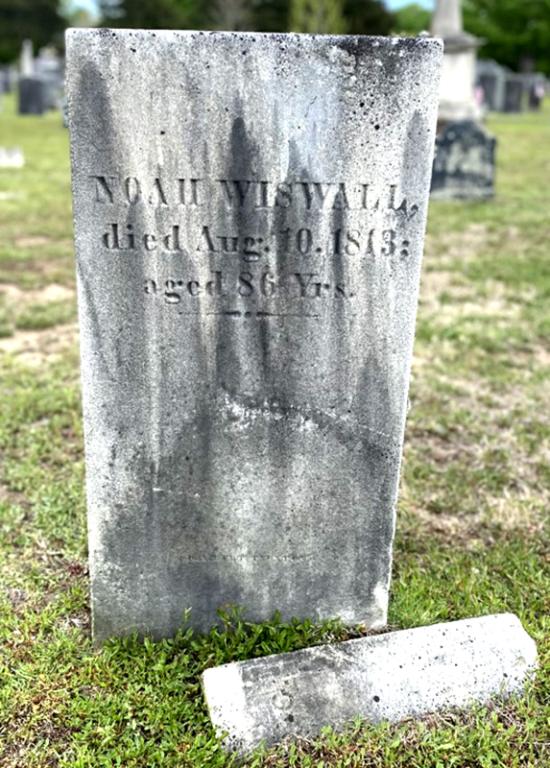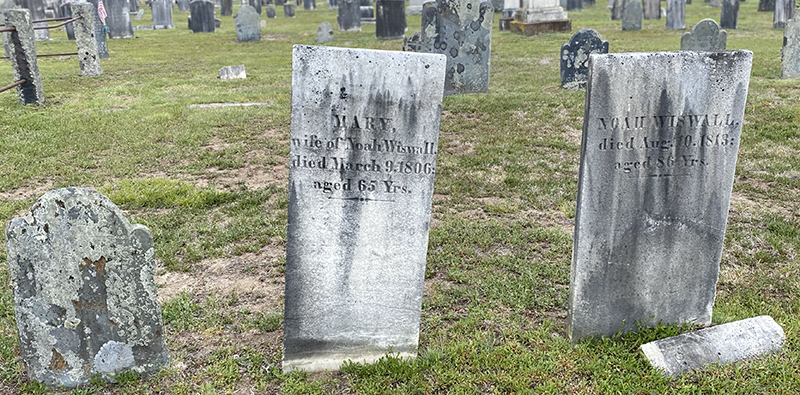Noah WISWALL/WISWELL
SAR Patriot #:
P-322929
The following information was assembled from numerous sources and cannot be used directly as proof of Qualifying Service or Lineage.
It is considered a research aid and is intended to assist in locating sources that can be used as proof.
State of Service: MA
Qualifying Service: Sergeant
DAR #: A126963
Birth: 25 Nov 1727 Dorchester / Suffolk / MA
Death: bef Sep 1813 Norton / Bristol / MA
Qualifying Service Description:
- Sgt, Capt Seth Gilbert, Col John Daggett, 2nd Norton Co. MIlitia, 1775
- Committee of Correspondence and Inspection in Norton, MA, 1774-1783
Additional References:
- MA Sols & Sails, 1901, pg 662
- Clark, A History of the Town of Norton, 1859, pg 394
- Vital Records of Norton, MA, Gravestone Records
Spouse: (1) Hannah Hodges; (2) Mary Pond/Pratt
Children: Mary; Elijah; Amasa/Masa/Macey; Ann; Jason;
Members Who Share This Ancestor
| Date Approved | Society | ACN | SAR Member Info | Lineage via Child | View Application Detail | |
|---|---|---|---|---|---|---|
| 1971-03-18 | IL | Unassigned | Carl Mayfield Schoby (100963) | Amasa | ||
| 1984-03-29 | TX | Unassigned | Kenneth Llewellen Wickett (123744) | Elijah | ||
| 2023-12-01 | TX | 107568 | Robert Anthony Jacobs (218481) | Jason |
Location:
Norton / Bristol / MA / USA
Find A Grave Cemetery #:
Marker Type:
SAR Grave Dedication Date:
Comments:
- Original upright stone
- Photo credit: Compartion Robert/Bob Jacobs
Directions to Cemetery / Gravesite:

